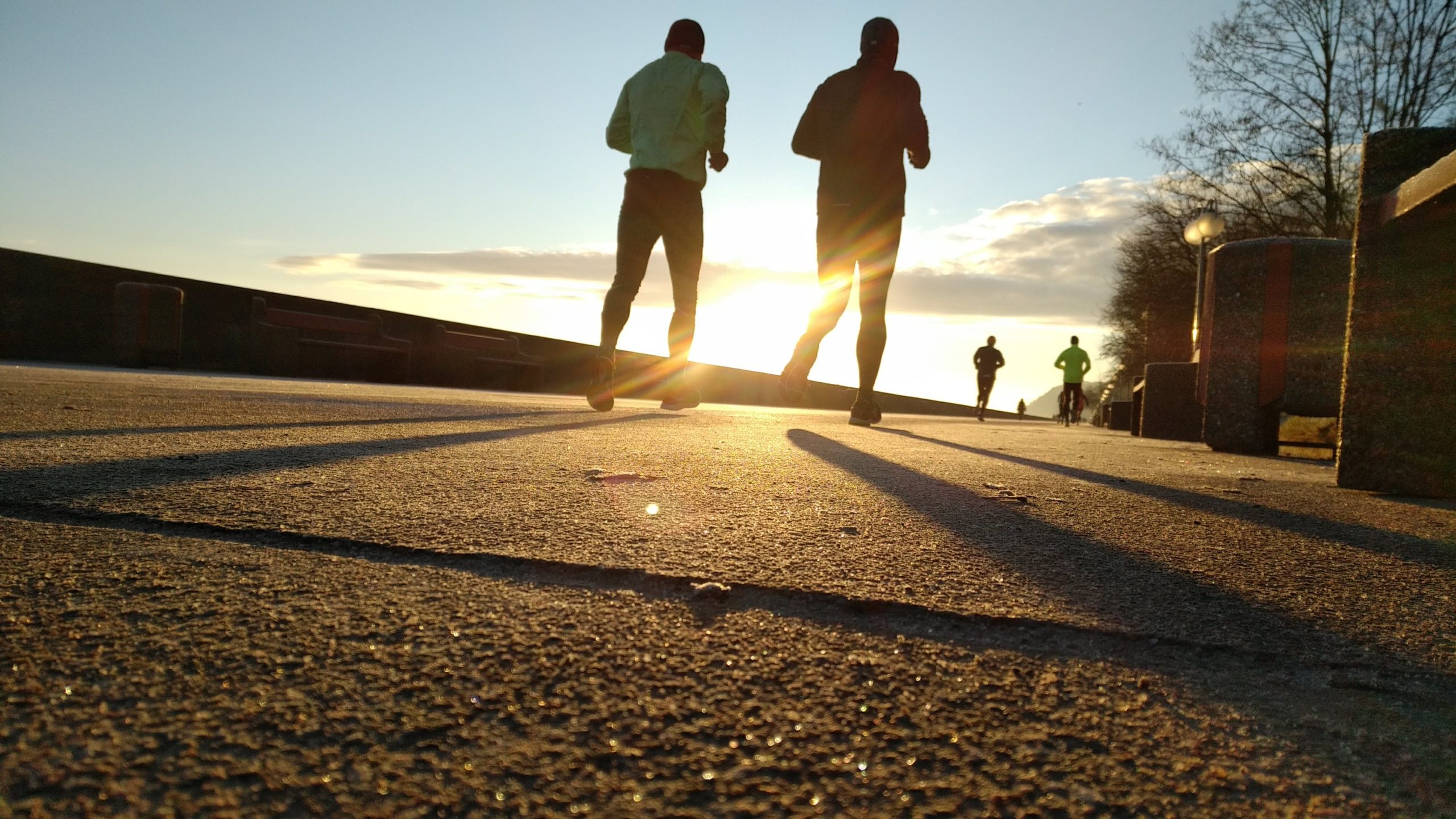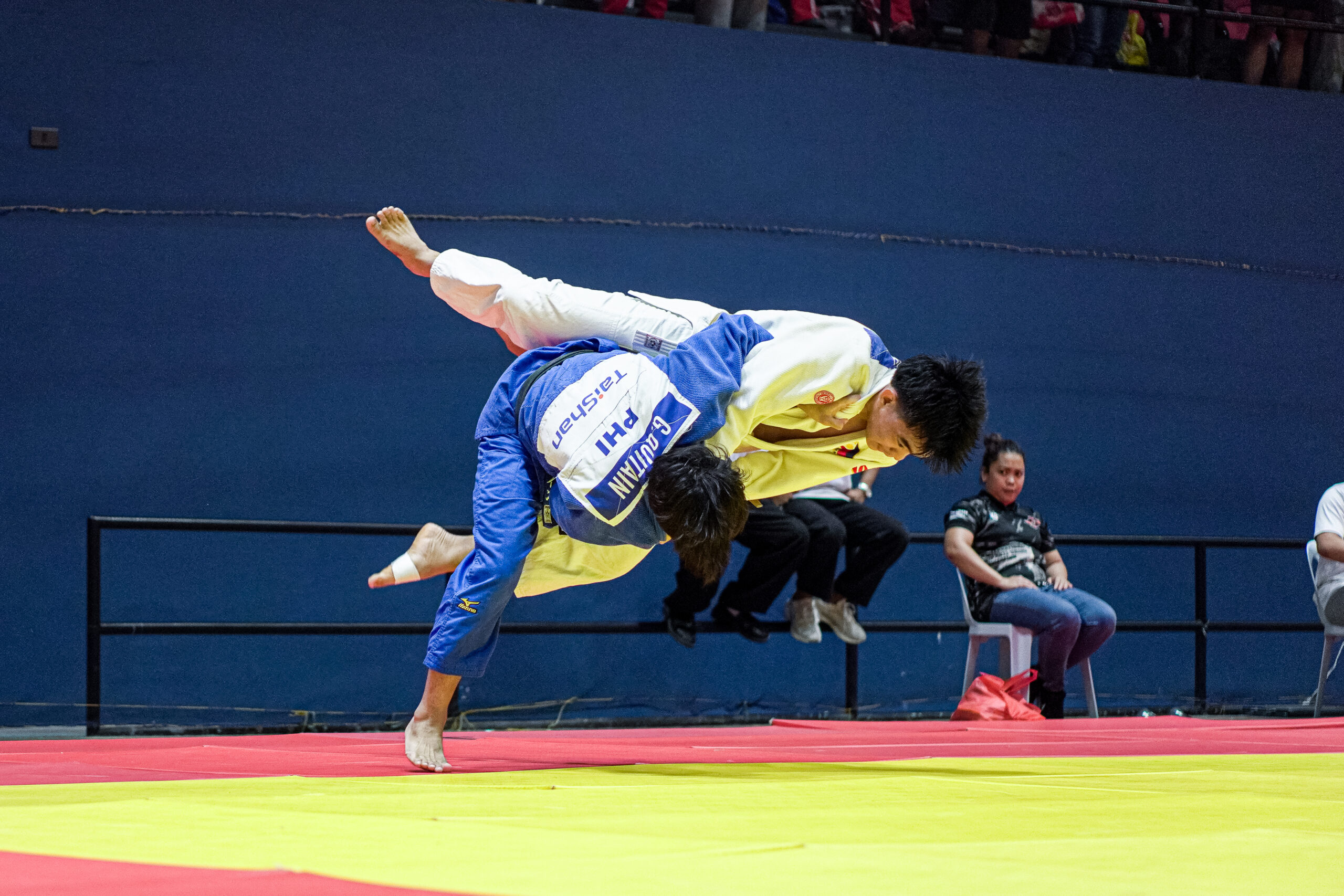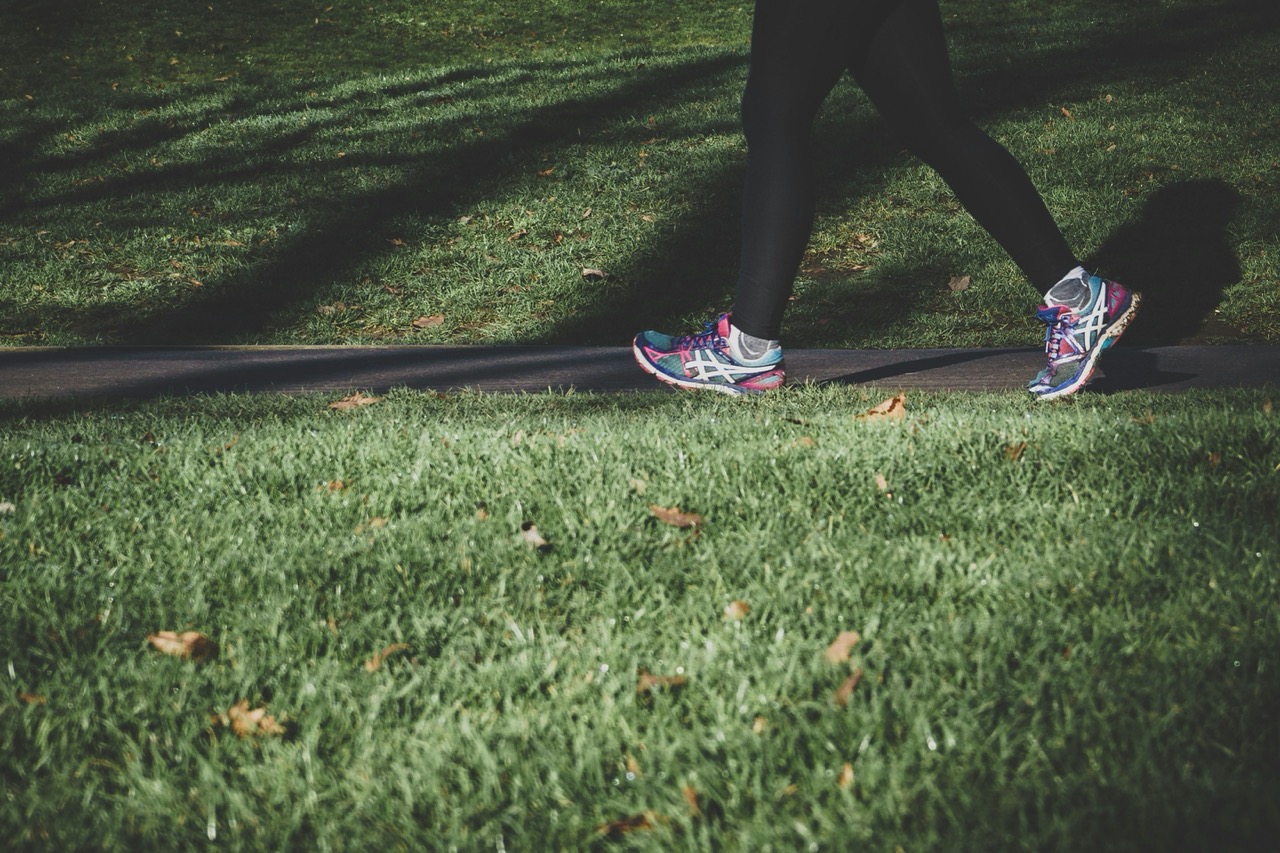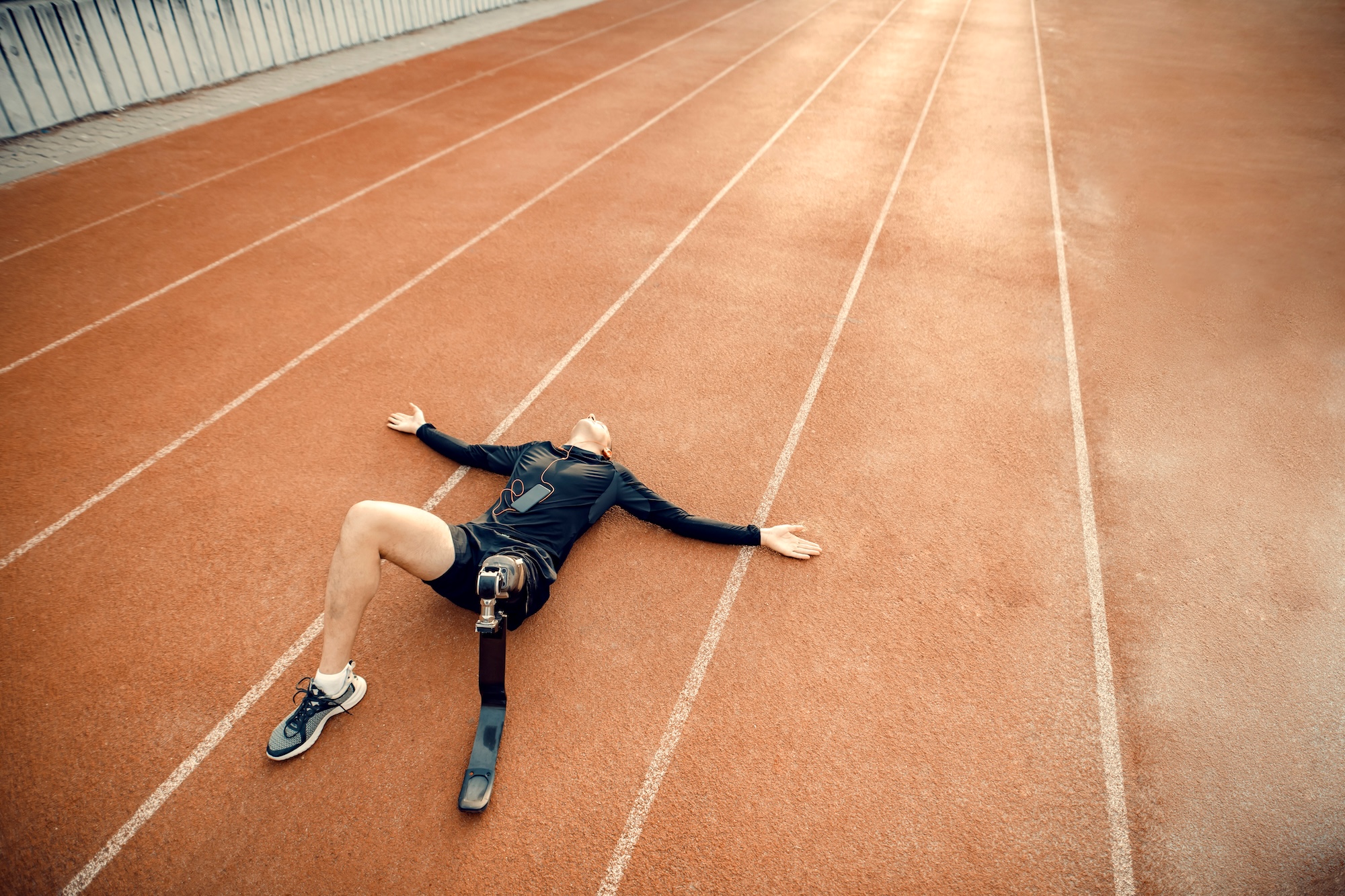Do not underestimate the power of walking. It should be a part of your lifestyle
WHY: Walking can help you achieve your weight loss, fitness, and health goals
Walking can help improve your fitness level, sleep, moods, and mental health, enabling you to perform well in your day-to-day activities (from workouts to household chores). You can also avoid injuries because walking as an exercise can strengthen your core and walking muscles. You can also experience significant changes in your weight, body composition, blood pressure, cholesterol level, and blood sugar level -all important for your cardiovascular health.
Walking is one of the most effective exercises for weight management. When you walk, you move your whole body so you can burn calories while maintaining the most important muscles used for walking (lower body, core, and upper body). It is very important for one’s metabolism.
Walk at least 30 minutes a day to burn sufficient calories, enough to create an energy deficit that results in weight loss. Combine walking with strength training and a healthy diet to achieve progress faster. Completing 10,000 steps a day can help you burn 250 to 500 calories, depending on your weight and walking intensity. A 500-calorie daily burn can help you lose one pound of fat a week (1 pound = 3,500 calories). However, as you continue to lose weight, you burn less calories by doing the same number of steps/day, so you will need to increase more steps so you can reach the same calorie burn goals. This is the reason why 10,000 steps are not enough for other people to lose weight, lighter people (below 150 pounds) might need to complete 15,000 or more steps to burn 500 calories. This is what I have observed with some of my clients who track their number of steps and calorie burn per day.
As you become consistent with walking, you can increase the intensity or you can also level advance to running and other workouts that can help you break the fitness and weight loss plateau.
You can improve your overall health (manage and prevent diseases) with walking, so there’s no reason to skip walking even for as little as 10 continuous minutes, three times a day (can be after meals).
WHEN: The best time to walk for weight and health management
I mentioned in one of my articles that your exercise time should be compatible with your sleep, energy level, goals, and lifestyle. You should really find the best walking time during the day, so as you become consistent with the habit, you will notice your overall progress (physical, mental, and emotional), and experience the results (fat loss, better endurance, and improved health results) so you get motivated to sustain the walking lifestyle on a long-term basis.
- Morning walk: Incorporate a 20-60 minute light to moderate walk into your mornings to stimulate your muscles and warm you up for the day. It has been proven that consistent walking can increase life span. In fact, there’s a study that shows that just completing 4,400 steps (approximately 30-45 minutes of walking) a day can lower the risk of early death.
- Afternoon walk: If your schedule allows, you can do faster-walking workouts (power walking or high-intensity interval walking) later in the day when your body has regained more energy from your earlier meals. Working out anytime after midday can be a great alternative to mid-afternoon snacking. Studies have shown that even a 15-minute brisk walk can help battle cravings, especially for sweets. The onset of cravings usually occurs in the afternoon, especially if you are bored or stressed out.
- Evening walk: Walking for as little as 2 to 5 minutes after a meal, according to a recent study published in Sports Medicine, can improve blood sugar levels and decrease the risk of developing Type 2 diabetes. Regulating your blood sugar is important after a meal to avoid or manage weight and health problems and avoid unnecessary hunger pangs and cravings that can occur late at night.
WHERE: You can walk anywhere, no excuses
Walking is the simplest and cheapest form of exercise that can be done anywhere. You don’t need to spend money to burn the same amount of calories as in 45-minute cardio workouts done in various boutique studios or health clubs. You just need to wear comfortable workout clothes and a pair of walking shoes and then you are ready to go!
- At home, use your treadmill or walking pad, walk up and down the stairs or walk around your garden.
- Go outside, walk around your village or a park nearby so you can appreciate nature and experience a different level of happiness while moving.
- You can visit your favorite mall during off-peak hours and walk continuously in less crowded floor/s for 15 to 30 minutes before you walk leisurely as you do your shopping.
- If you don’t have space at home and if there’s no opportunity to walk outdoors, then you can try the most popular simple walking workouts that you can check on YouTube – moving to the beat of a song to complete the target number of steps (from 2,000 to 10,000 for more steps). It’s also fun and one of the best ways to sweat at home because you can also move your arms while you walk in place. I have clients who can always get a good amount of calorie burn while achieving an ideal heart rate range with these workouts.
- Take every opportunity to walk, explore and appreciate various places when you are on a vacation.
HOW: The most effective walking techniques
Leisure walking to complete your goal steps for the day is an amazing way to burn calories. However, studies show that you need to maximize your workout by considering the quality of your walking so you can improve your cardiovascular fitness, regulate your blood sugar level and effectively burn fat.
- I highly recommend using a fitness tracker, which is the top fitness trend for 2022, you so can monitor your heart rate and calories burned for each walking session. You can conveniently purchase one from online shopping sites for under Php 1,000 with the most needed basic features like a step counter, heart rate, and calorie burn monitoring.
- Adding arm movements to any form of physical activity can increase your heart, leading to a higher calorie burn. To execute, swing one arm forward (arms bent at a 90-degree angle) as you advance with the opposite leg. Walk briskly (achieving more steps per minute) by using short strides while engaging your core (breathe properly and gently scoop your abs), very important for maintaining a good walking posture.
- According to studies, high-intensity interval walking has been proven to be very effective for weight loss and cardiometabolic health (diabetes and other cardiovascular diseases). Yes, you don’t need to run, do jumping jacks or burpees to achieve the benefits of high-intensity interval training (HIIT workout -alternating work and rest periods in a single workout session). You can achieve a highly desired high heart rate range during the work periods of your walking by increasing your pace or/and adding incline (increasing the treadmill incline or walking on a hilly surface outdoors). You can warm up by walking at a moderate pace for 5 minutes. Walk as fast as you can (can also increase the incline) for 2 to 3 minutes (work period) and then return to your moderate walking pace for 1-2 minutes (rest period). Repeat the work-rest interval several times until you reach your desired workout duration (15 to 30 or more minutes) and then cool down on a moderate to light walking pace for 5 minutes.
- You can use some exercise props (wrist weights, 1 to 2-pound dumbbells, ankle weights, and/or weighted vests) to increase your walking intensity (even while you stick to your usual pace), so you can improve heart health and burn more calories while toning your arms and improving your strength at the same time.
Email the author at mitchfelipe@gmail.com or follow/message her on Instagram @mitchfelipemendoza













































